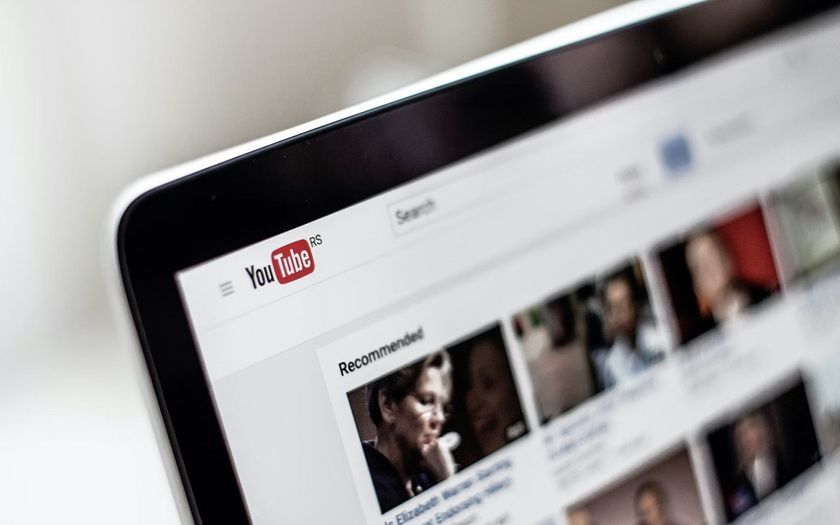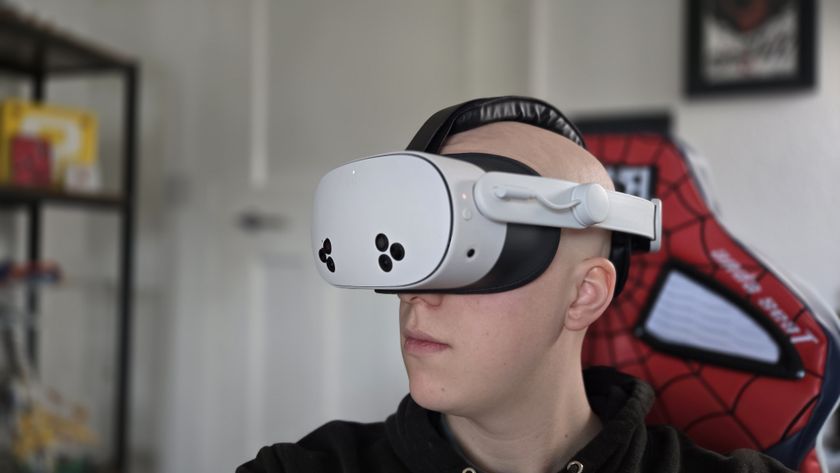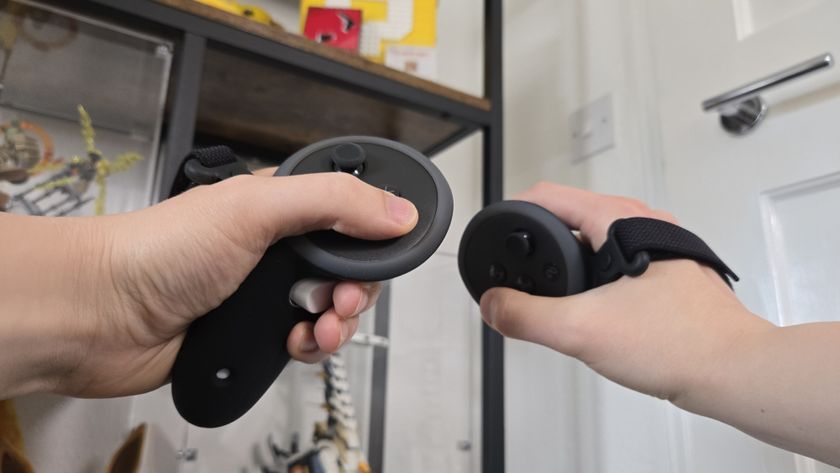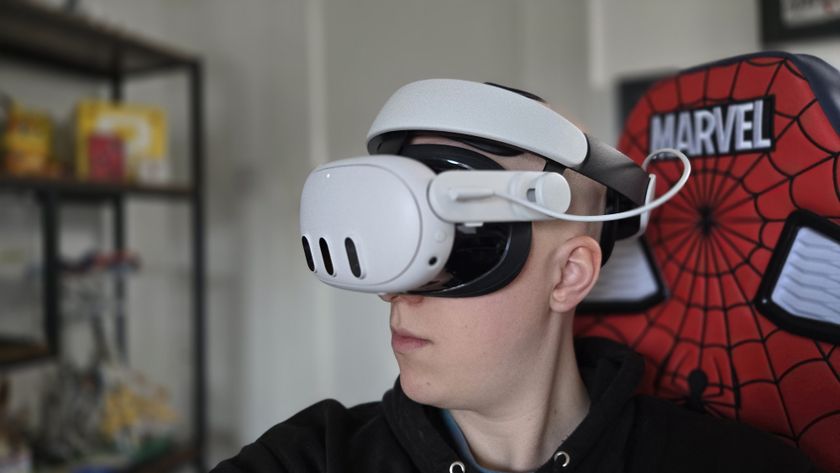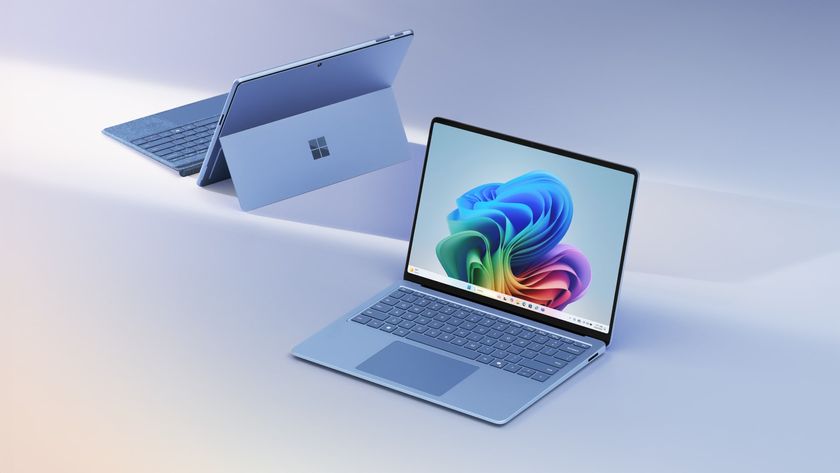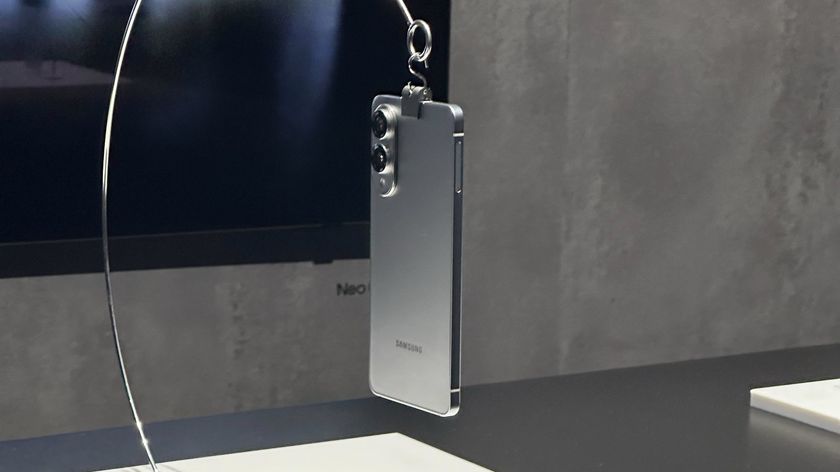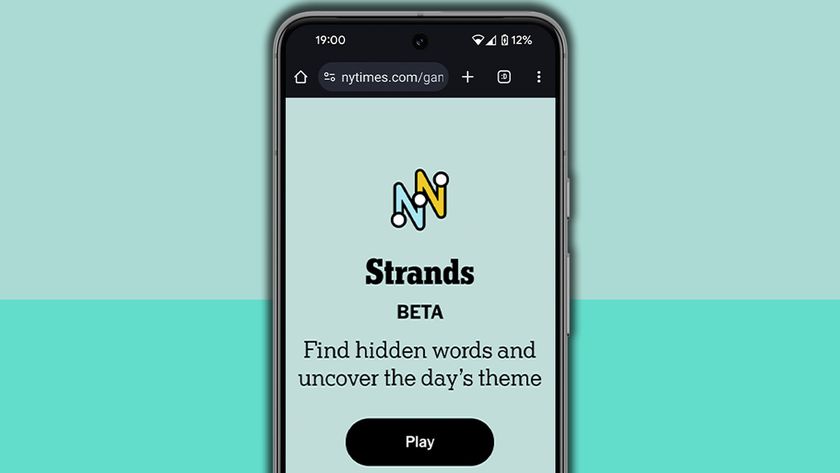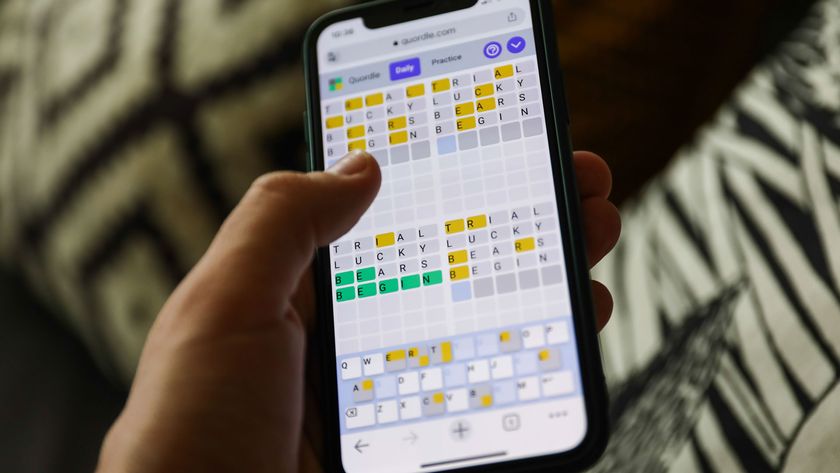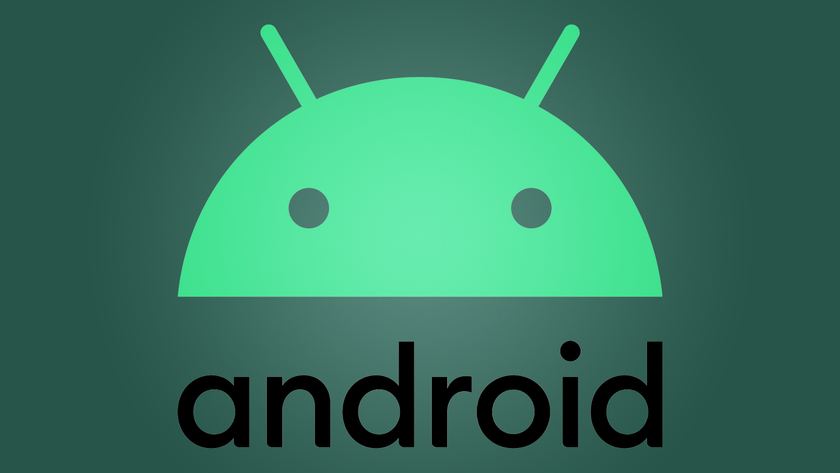Is the Linux desktop becoming extinct?
Going the way of the Dodo
Another thing that has worked in Ubuntu's favour is the familiarity of its Unity desktop, especially to Windows and Mac users. As things stand, the average desktop user sees Linux as a replacement for Windows, while the experienced users crib about its similarities with proprietary OSes.
The Enterprise desktop
While the issues for the consumer desktop are being sorted, Meeks suggests we should focus our energy on the Enterprise desktop. "In my view, the most hopeful strategy for the Linux desktop is to make it ideal for an enterprise, while not crippling it for consumers and very early adopters," he writes.
Citing his experience with Novell's commercial Suse Linux Enterprise Desktop (SLED), Meeks writes that the current economics of Linux desktops are more attractive to business users, who prefer systems that are secure, and integrate well with the existing network infrastructure. He says that enterprises tend to purchase new PCs in batches, typically prefer locked-down environments with a limited number of apps, and have technically literate support IT staff.
To attract the business desktop users, Meeks advises Linux desktop developers to spend less time tweaking things such as fancy desktop effects, which might be fun to work on but don't add any extra value to the business desktop. "It is perhaps not glorious' enterprises care little for the bling that doesn't have a direct, inarguable business benefit' and bling is fun to hack on," Meeks writes, "but surely creating real value, that allows people to work more efficiently, reliably, and speedily has to be a satisfying thing to do as well."
The desktop is evolving
Despite the dropping sales figures of traditional PCs, we aren't saying that netbooks, smartphones or tablets will replace the traditional desktop. The desktop space is completely different.
For one, it has to support every piece of hardware. On the other hand, the mobile gadgets have a fairly limited usage space. Even though a tablet can have hundreds of apps, you still don't connect it to a lot of different devices.
Rather, what we are getting at is that this new class of devices will have a major impact on how we interact with and use technology. You can notice the change already. For example, how many of you still print photos at home with a photo printer? Chances are that, like many, you just snap a picture with your smart phone, upload it to a photo sharing service such as Flickr, and then select the ones you want printed and send them to a printer, who delivers physical copies, all without ever coming into contact with a traditional desktop.
Get daily insight, inspiration and deals in your inbox
Sign up for breaking news, reviews, opinion, top tech deals, and more.
People should see a desktop operating system for what it really is, an application launcher. That said, an average desktop user's dependence on a particular app is over-rated. For example, LibreOffice can satisfy all the word processing needs of an average desktop user. Sure, we won't try to push Gimp down the throats of Photoshop users, but how many Photoshop users do you know of in real life?
The problem is a bit more complex on the commercial deployments, with all sorts of custom apps, as well as industry-specific apps, almost all of which are developed exclusively for the Windows desktop. But here, too, many applications have been pushed on to the cloud and are being served on a browser.
Furthermore, thanks to an increasing number of establishments embracing the Bring Your Own Device policy, and extending it to portable devices, such as tablets, the Linux desktop has a lot of room to expand.
So is the Linux desktop dead? Not by a long shot. It continues to thrive on the Enterprise desktop, and with a bit more vendor involvement could really break through on the consumer desktop as well.
With almost two decades of writing and reporting on Linux, Mayank Sharma would like everyone to think he’s TechRadar Pro’s expert on the topic. Of course, he’s just as interested in other computing topics, particularly cybersecurity, cloud, containers, and coding.

